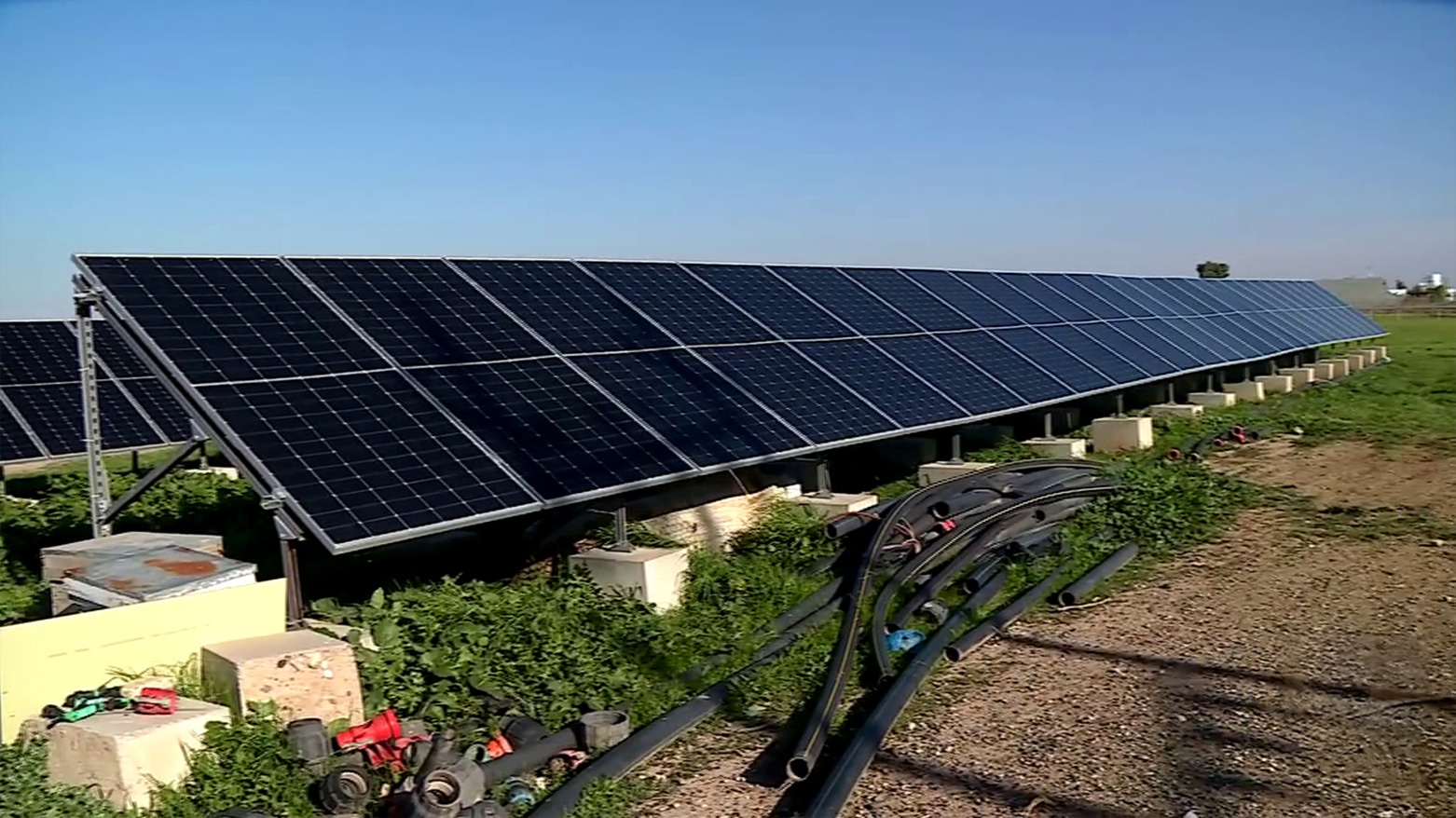Solar Energy Transforms Village Life in Erbil Plains
The village of Qushtapay Gawra in Erbil's Qushtapa District has embraced solar energy, with over 80 households relying on it to reduce generator noise and pollution, improve irrigation, and enhance quality of life sustainably.

Jan. 10, 2025
ERBIL (Kurdistan24) — In the serene plains of Erbil, the village of Qushtapay Gawra in Qushtapa District has welcomed solar energy, revolutionizing the way its 100 households receive electricity.
Over 80 homes in the village have installed solar panels, making it a beacon of sustainable energy usage in the region.
Distinct from many villages, Qushtapay Gawra does not depend on traditional electricity generators. Instead, it is connected to the national grid for its primary electricity needs, with solar panels serving as a secondary source.
This dual system has considerably decreased the dependence on noisy and polluting generators, improving the quality of life for residents.
Sarhang, a local resident, emphasized the benefits of the solar energy system during an interview with Kurdistan24 correspondent Ahmed Abdulsamad.
“We are nearly 100 households in this village. We have solar panels for electricity production, and we do not have electricity generators. This was a blessing in disguise, as we were not annoyed by the irritating noise of the generators and their polluting smoke. I have installed this system for more than two years. After my cousin, who was the first to install it, and a neighbor, I was the third person to adopt this system in the village,” he said.
Qushtapay Gawra is not alone in its move to renewable energy. Many villages in the Qushtapa district have implemented similar systems, contributing to a quieter and cleaner environment.
The absence of generator noise and pollution has improved the overall atmosphere in these communities.
Beyond powering households, solar energy has been instrumental in supporting local agriculture.
Farmers in Qushtapay Gawra have used solar panels to meet the energy demands of their irrigation systems.
One farmer shared his experience: “We always need water 24/7 to irrigate the fields, especially during recent years of drought. The national grid could not provide consistent electricity due to widespread outages. Solar energy became our solution, supplying enough power for both the irrigation system and the house. Most families around here have installed this system, which provides an amperage of 8-10 amps, sufficient for our needs.”
The success of solar energy in Qushtapay Gawra underlines its capacity as a sustainable solution for rural electricity demands.
With more than 80 households depending on this renewable source, the village stands as an example of how clean energy can transform communities.
Similar initiatives in other villages across the Qushtapa district further illustrate the growing trend of adopting solar power for a sustainable future.
